We are in the midst of dealing with the second wave of the coronavirus pandemic and people are trying every bit to protect themselves from the deadly disease. The COVID-19 virus dominantly affects the respiratory system. Therefore, practicing breathing exercises can be beneficial while recovering from COVID-19. Breathing exercises can help to strengthen the respiratory system and help fight and reduce the impact of coronavirus before, during, and after it strikes. Apart from this, breathing exercises also reduce stress, anxiety and help calm the body & mind.
Note: The breathing exercises mentioned in this article won’t prevent COVID-19, but they may help ease the symptoms of COVID-19. They are also helpful in reducing frustration, stress and anxiety caused because of the pandemic.
1 Pursed lip breathing
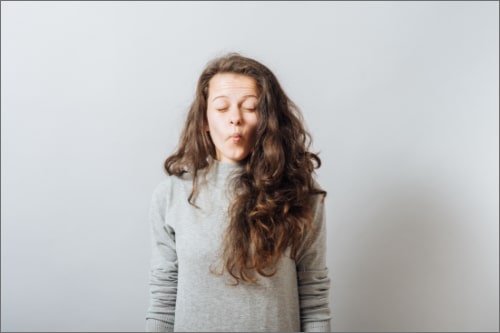
Pursed-lip breathing is a simple breathing exercise that helps slow down one’s breathing, promoting a sense of relaxation. It has also been shown to relieve shortness of breath, boost oxygen levels and strengthen the lungs.
Steps:
- Sit in a comfortable position.
- Next, close your mouth and slowly inhale through your nose, while counting to two.
- Continue to inhale for several times.
- The next step is to purse your lips like you were about to blow out a candle and exhale while counting to four.
- Repeat for 4-5 breaths and periodically throughout the day.
2 Anulom-vilom
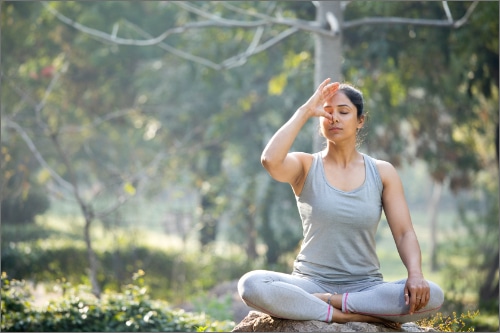
Anulom-Vilom is also known as alternate nostril breathing. This Pranayama has many health benefits – that may help fight off COVID-19 related complications – such as improved lung capacity, better blood circulation, clear nasal passage, and stress reduction. This is a popular pranayama where you close one nostril while breathing in, and then close the other nostril while breathing out.
Steps:
- Sit in a meditation position either on the chair or on the ground and close your eyes.
- Relax, but straighten your neck and spine in a straight line and place your wrists on your knees.
- Close your right nostril by pressing your right thumb on it and inhale through the left nostril.
- Place your ring finger on the left nostril and release your right nostril to exhale through it.
- Your breaths must be slow and deep.
- Continue this breathing technique through alternate nostrils for 10 minutes.
3 Bhramari pranayama
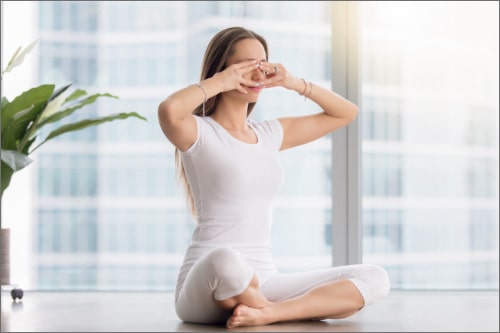
Brahmari prince, also known as the Humming bee, is one of the most effective breathing exercises. It helps to induce a calming effect on the mind. This breathing technique helps get rid of frustration, anxiety and also reduces fatigue. Brahmari pranayama is simple and can be practiced anywhere and anytime.
Steps:
- Seat on a chair or on the ground cross-legged.
- Close your ears using your thumb.
- Place your middle and ring fingers lightly at the inner corner of your eyes.
- Rest your index finger above your eyebrows and little finger where it rests on your cheeks.
- Inhale deeply and while exhaling make a soft humming sound like a honeybee.
- Repeat this process for 10 minutes to reap its benefits.
4 Ujjayi pranayama (Ocean Breath)
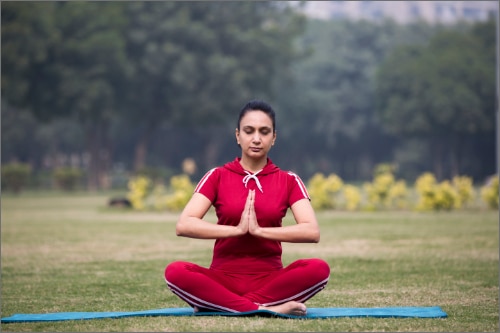
This breathing practice is one of the most common forms of breath-control pranayama. Ujjayi pranayama, when performed correctly, can increase oxygen consumption. According to the Department of Neurophysiology at the National Institute of Mental Health and Neurosciences in Bangalore, this pranayama can increase your oxygen consumption during practice by 52%.
Steps:
- Sit up straight with your shoulders, relaxed away from your ears and close your eyes.
- Compress your throat in such a way that you produce a soft hissing sound while you exhale.
- Once you are comfortable exhaling, compress your throat while you inhale – again until a soft hissing sound is heard.
- Control your inhales and exhales with your diaphragm.
- When you can control the throat while both inhaling and exhaling, close the mouth and begin breathing through your nose. Continue to compress your throat the same way you did when the mouth was open. The breath will still make a soft hissing sound coming in and out of the nose – this is Ujjayi breath.
- Make sure that the duration of your inhales and exhales are equal.
5 Kevali pranayama (So-Ham)
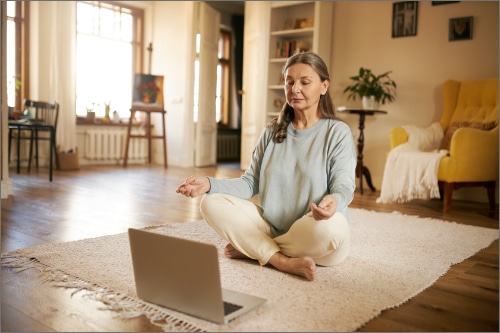
Also known as So-Hum and Hamsa, Kevali pranayama is to identify yourself with the ultimate, the universe. In light of meditation, you can break the word Sohum into two parts. ‘So’ will denote breathing-in, and ‘Hum’ will resemble the sound of breathing out. When practicing this pranayama, repeat the breathing mantra in your mind to get the best out of it. This is one of the best breathing exercises to improve your lung capacity.
Steps:
- Make yourself comfortable in a seated position.
- Focus on your breathing.
- Now, inhale and exhale while observing your breath.
- Repeat the mantra mentally and listen to the sound of your inhales (So) and exhales (Hum).
- Continue for 11 rounds.
3 Breathing exercises for COVID-19 affected patients
The symptoms in people suffering from acute COVID-19 usually start between 2 to 14 days after exposure. Though the symptoms resolve within 2 weeks, some people have persisting symptoms like fatigue and shortness of breath for a longer duration. Breathing exercises may help while recovering from the COVID-19 virus.
Caution: If you have COVID-19, consult with your doctor before starting the breathing exercises in order to prevent worsening of the symptoms.
1 Yawn to a Smile
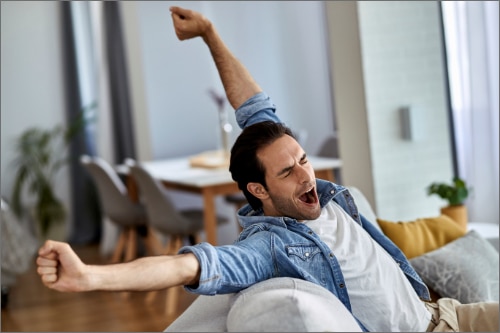
This breathing exercise allows the diaphragm to fully expand, which results in opening up of the muscles in your chest. It further promotes coordination and makes your arms and shoulder muscles stronger.
Steps:
- Sit upright on the edge of your bed or on the ground.
- Stretch your arms wide up to the height of your shoulder – this will cause the stretching of muscles in your back.
- With the arms stretched out, open your mouth wide to create a big yawn.
- Bring your arms back down and conclude it with a smile.
- Continue for 5 times.
2 Qigong Belly Breathing (Diaphragmatic breathing)
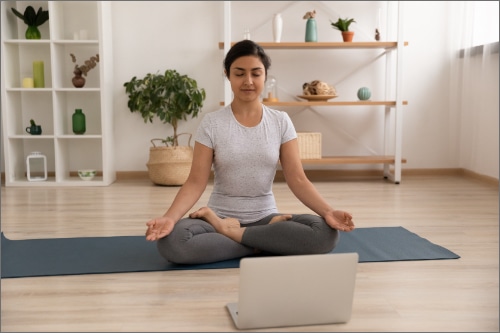
Belly breathing requires deep breathing, which helps restore lung function by using the diaphragm. Multiple studies have found that practicing Qigong has improved pulmonary function and increased lung capacity in COVID-19 patients. This is because this breathing exercise utilizes deep breathing and slow movements, which may prove beneficial for patients recovering from COVID-19.
Steps:
- Sit on the ground and relax your body.
- Follow this by straightening your back and closing your eyes.
- Breathe as you normally do for a few minutes.
- Next, Place one hand on your chest and the other on your lower abdomen.
- And breathe slowly nine to ten times.
3 Om breathing (Humming while exhaling)
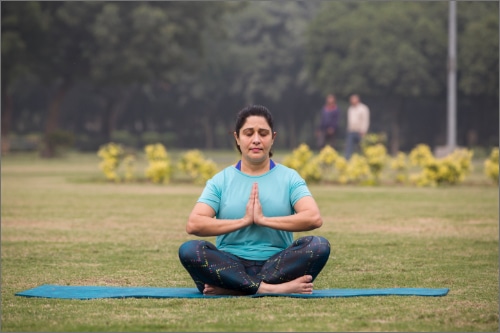
According to Johns Hopkins Medicine, “Humming while exhaling helps increase nitric oxide production in the body. Nitric oxide helps with neural plasticity (building and repair of the nervous system) and it dilates blood vessels, enabling more oxygen to be delivered throughout the body. Humming is also calming and soothing, it reduces stress and it can help the patient remain in restoration mode.”
Steps:
- Sit upright and place each hand on the sides of your lower stomach.
- Keeping your lips closed, gently place your tongue on the roof of your mouth and breathe in deeply through your nose. Remember to keep your lips closed.
- Allow your fingers to spread wide with your breath.
- Once you feel that your lungs are full, slowly exhale while chanting OMmmmm.. In such a way Mmm Makara is longer.. 1:2 ratio.
- Repeat for several breaths or for one minute.
The exercises outlined in this article won’t help prevent COVID-19 and should not be replaced with an ongoing treatment for the disease. Performing these breathing exercises for COVID-19 may help in strengthening your respiratory system, which can help you fight off infections and may contribute to your recovery process.